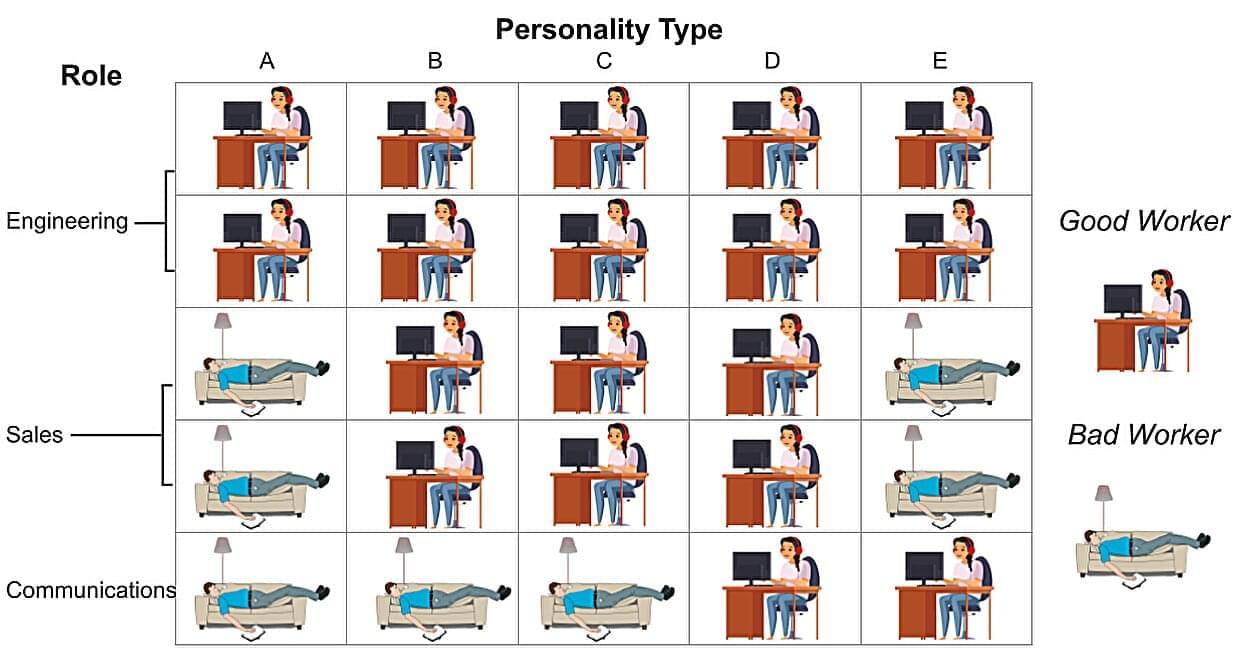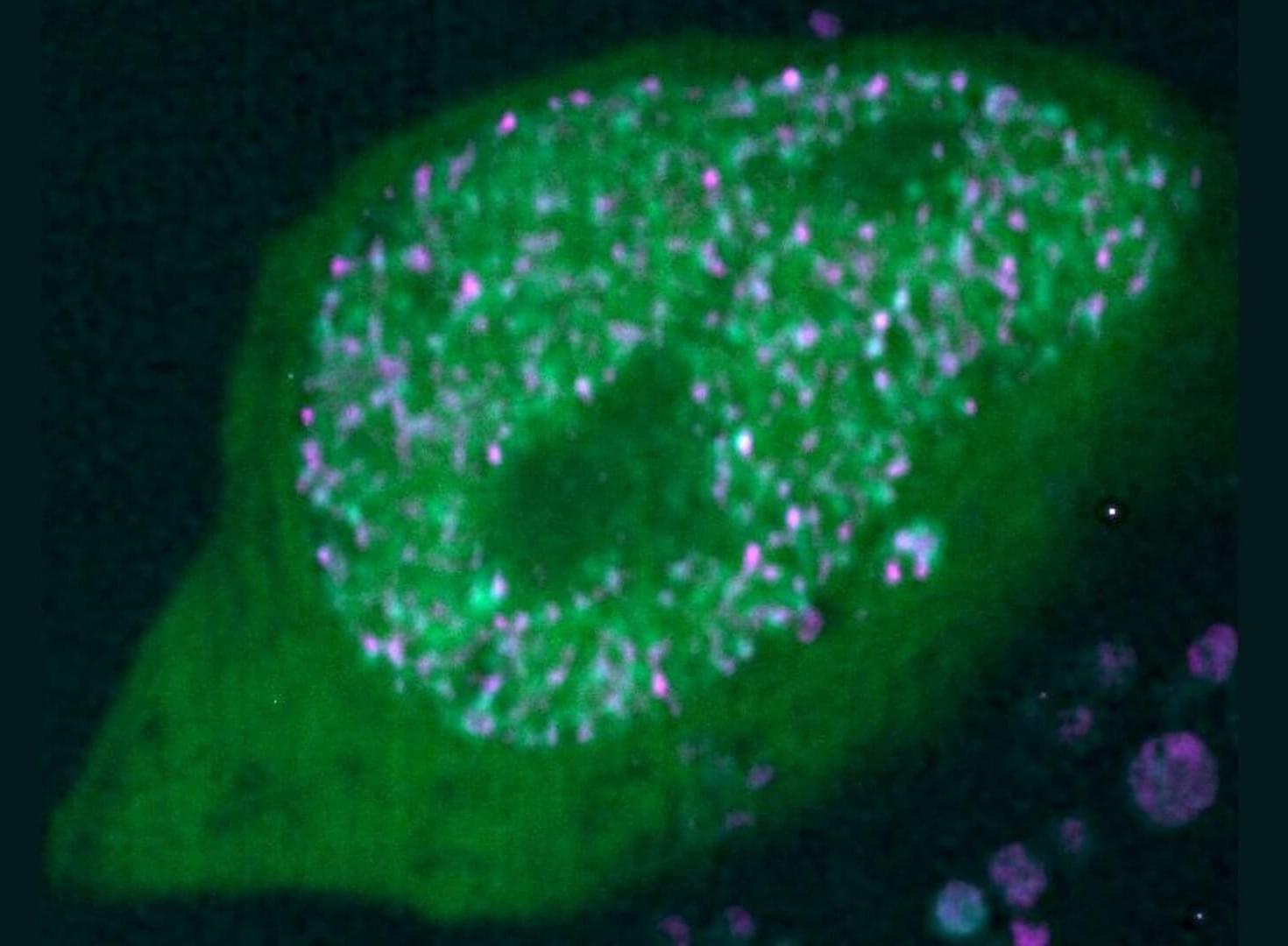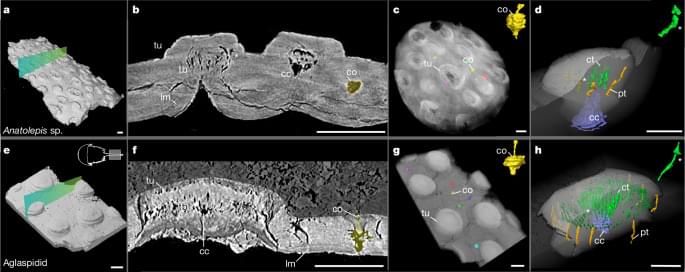So-called “ultraweak photon emission” could provide a new tool for studying living organisms.
A clinical study of artificial red blood cells that can be stored for transfusions in times of emergency will begin in Japan by next March, according to Nara Medical University.
The university aims to put the artificial cells into practical use by around 2030, it said in early July, in what would likely be a world first.
The development of the blood cells, designed for use in remote areas and disasters, comes as a blood shortage is expected at medical facilities due to a declining number of donors amid the country’s shrinking population.
Random walk
Posted in mathematics, space | Leave a Comment on Random walk
In mathematics, a random walk, sometimes known as a drunkard’s walk, is a stochastic process that describes a path that consists of a succession of random steps on some mathematical space.
PPPL’s new plasma simulation method promises to transform computer chip manufacturing and fusion energy research.
As artificial intelligence takes off, how do we efficiently integrate it into our lives and our work? Bridging the gap between promise and practice, Jann Spiess, an associate professor of operations, information, and technology at Stanford Graduate School of Business, is exploring how algorithms can be designed to most effectively support—rather than replace—human decision-makers.
This research, published on the arXiv preprint server, is particularly pertinent as prediction machines are integrated into real-world applications. Mounting empirical evidence suggests that high-stakes decisions made with AI assistance are often no better than those made without it.
From credit reports, where an overreliance on AI may lead to misinterpretation of risk scores, to social media, where models may depend on certain words to flag toxicity, leading to misclassifications—successful implementation lags behind the technology’s remarkable capabilities.
A new study published in Nature reveals how olfactory sensory neurons (OSNs) achieve extraordinary precision in selecting which genes to express.
The mechanism is surprising in that it involves solid-like molecular condensates that last for days, helping to solve a long-standing puzzle in genome organization.
The research, led by Prof. Stavros Lomvardas from Columbia University, addresses one of biology’s most intriguing questions: How do olfactory sensory neurons in the nose manage to express only one olfactory receptor (OR) gene out of approximately 1,000 available options?
The impact of perilesional heatsink structures on ablation volumes and symmetry in laser interstitial thermal therapy for the treatment of primary central nervous system tumors
Posted in biotech/medical | Leave a Comment on The impact of perilesional heatsink structures on ablation volumes and symmetry in laser interstitial thermal therapy for the treatment of primary central nervous system tumors
Laser interstitial thermal therapy (LITT) has emerged as a minimally invasive treatment for primary CNS tumors. While LITT offers advantages over traditional approaches, perilesional intracranial heatsinks can lead to asymmetrical ablation, impacting patient outcomes. Understanding heatsink effects is crucial for optimizing LITT efficacy.
The authors retrospectively analyzed primary CNS tumors treated with LITT at a single tertiary care center. Ablation outcomes were quantified using the Heatsink Effect Index (HEI), measured on a scale of 0–1 (0 = total symmetry, 1 = complete asymmetry), and extent of ablation (EOA). The heatsink types evaluated were sulci, meninges, vasculature, and CSF spaces, inclusive of ventricles, resection cavities, and CSF cisterns. Statistical analyses were performed to assess the relationship between heatsink proximity and type and ablation outcomes.
A total of 99 patients satisfied all selection criteria. The cohort was 53% female, with a mean age of 61 years. Glioblastoma was the most predominant tumor type (78%), followed by low-grade glioma (15%) and meningioma (4%). Heatsink proximity significantly correlated with ablation asymmetry (HEI) (p < 0.001), particularly at the midpoint of the catheter trajectory. The correlation between closest heatsink distance and HEI varied across the different heatsink types, with distance to vasculature and CSF spaces correlating the strongest with ablation asymmetry. When assessing the relationship between EOA and medial HEI during suboptimal ablations (EOA < 100%), a negative correlation was demonstrated, showing improved EOA as HEI was reduced. Optimal cutoff catheter-heatsink distances for predicting ablation asymmetry ranged from 6.6 to 13.0 mm, emphasizing the impact of heatsink proximity on LITT efficacy.
Re-examination of the presumed Cambrian fossil fish Anatolepis reveals previous misidentification of aglaspidid sensory structures as dentine, a vertebrate sensory tissue, showing it to be an arthropod, and shifting the origin of vertebrate hard tissues to the Middle Ordovician.
In a new study published in Cell Genomics, researchers use RNA sequencing to characterize bone metastases from eight cancer types. The findings identify…
View a PDF of the paper titled AI Agents vs. Agentic AI: A Conceptual Taxonomy, Applications and Challenges, by Ranjan Sapkota and 2 other authors
Posted in biotech/medical, robotics/AI | Leave a Comment on View a PDF of the paper titled AI Agents vs. Agentic AI: A Conceptual Taxonomy, Applications and Challenges, by Ranjan Sapkota and 2 other authors
This study critically distinguishes between AI Agents and Agentic AI, offering a structured conceptual taxonomy, application mapping, and challenge analysis to clarify their divergent design philosophies and capabilities. We begin by outlining the search strategy and foundational definitions, characterizing AI Agents as modular systems driven by Large Language Models (LLMs) and Large Image Models (LIMs) for narrow, task-specific automation. Generative AI is positioned as a precursor, with AI Agents advancing through tool integration, prompt engineering, and reasoning enhancements. In contrast, Agentic AI systems represent a paradigmatic shift marked by multi-agent collaboration, dynamic task decomposition, persistent memory, and orchestrated autonomy. Through a sequential evaluation of architectural evolution, operational mechanisms, interaction styles, and autonomy levels, we present a comparative analysis across both paradigms. Application domains such as customer support, scheduling, and data summarization are contrasted with Agentic AI deployments in research automation, robotic coordination, and medical decision support. We further examine unique challenges in each paradigm including hallucination, brittleness, emergent behavior, and coordination failure and propose targeted solutions such as ReAct loops, RAG, orchestration layers, and causal modeling. This work aims to provide a definitive roadmap for developing robust, scalable, and explainable AI agent and Agentic AI-driven systems. >AI Agents, Agent-driven, Vision-Language-Models, Agentic AI Decision Support System, Agentic-AI Applications









